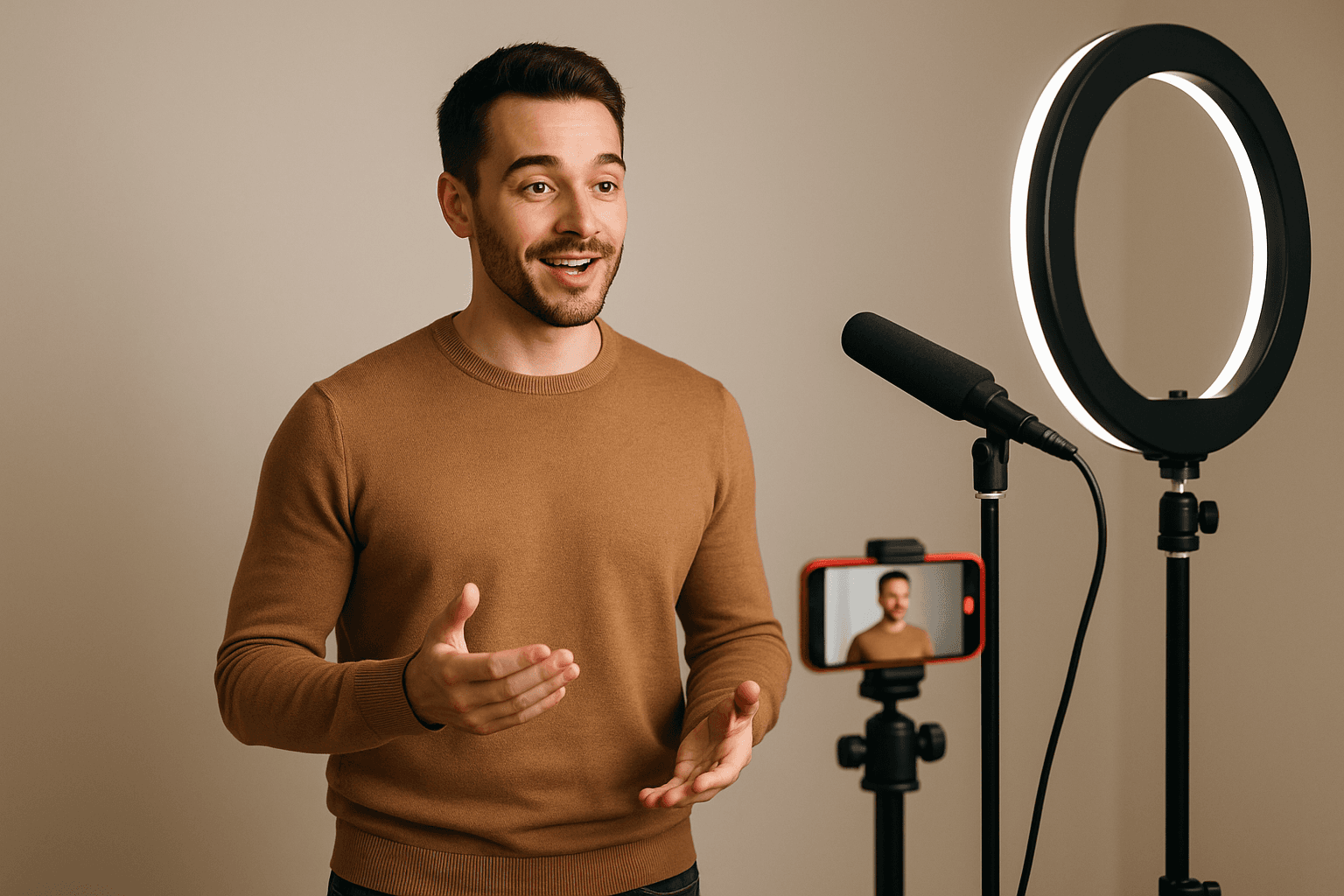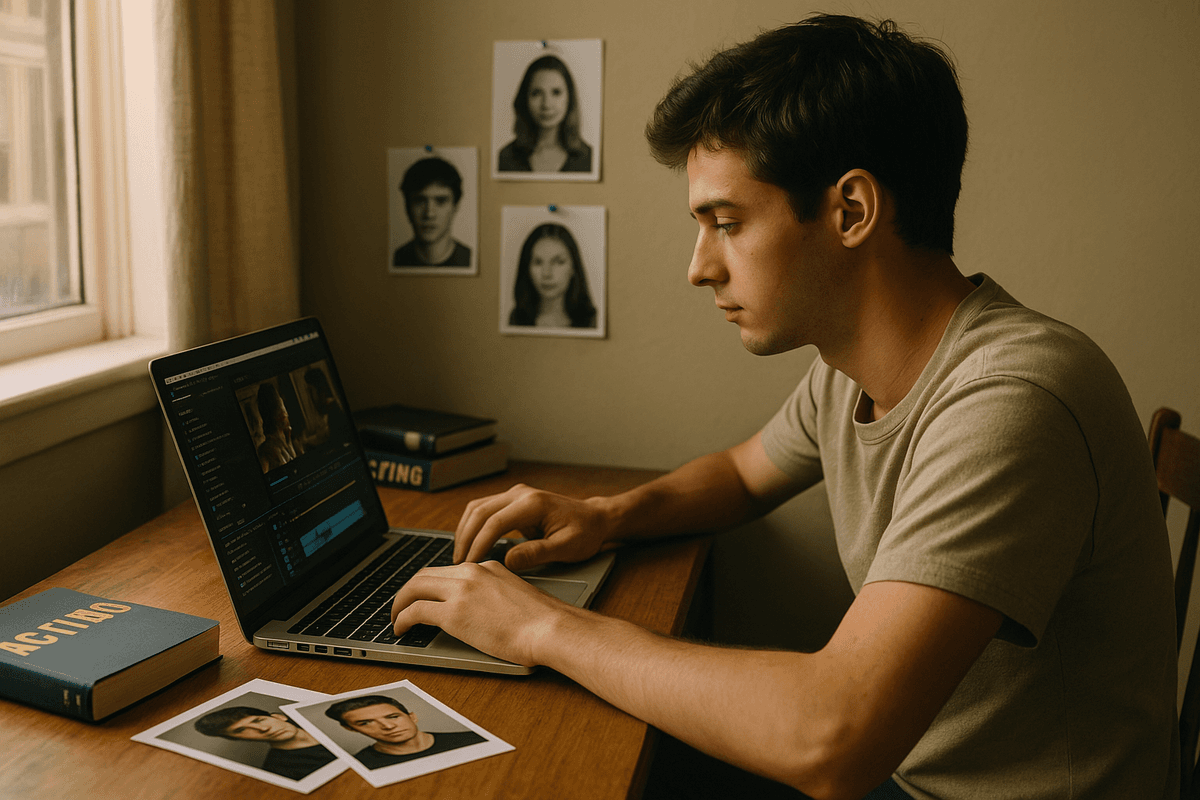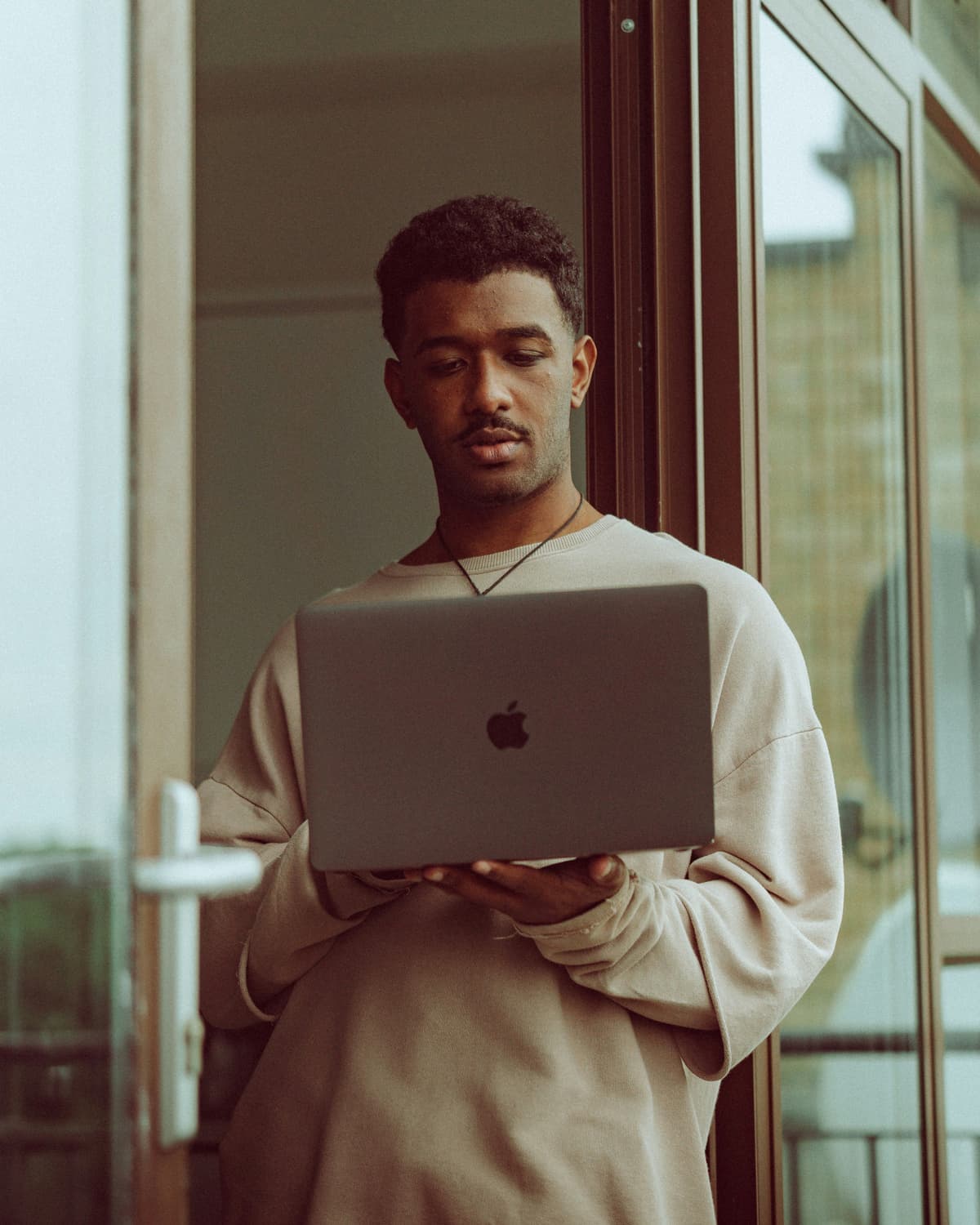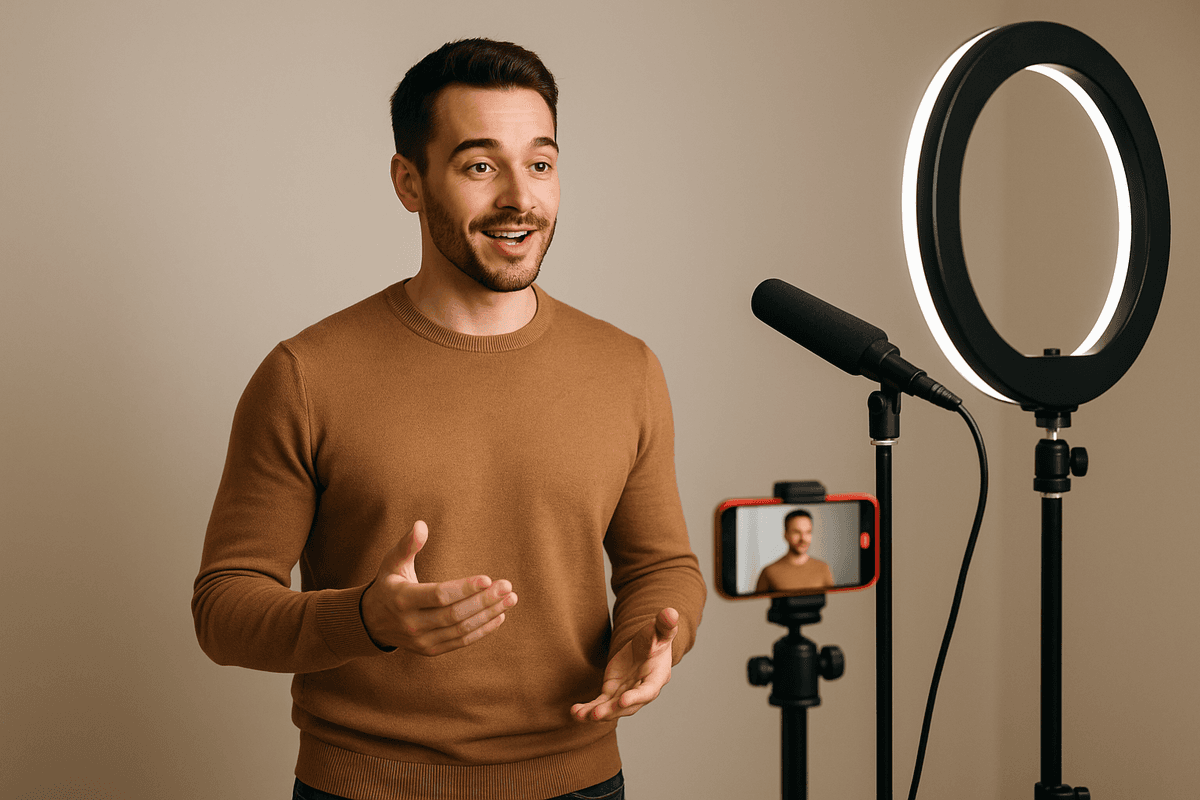Self Tape Tips Casting Directors Wish You Knew
Published: 8/12/2025

Create your actor website on ActorCV
Self Tape Tips Casting Directors Wish You Knew
Self tape auditions are here to stay and that’s great news for actors. They give you flexibility, open doors to more opportunities, and let you get in front of casting directors no matter where you live. But here’s the catch: your self tape has to make the right impression from the very first frame.
Casting directors watch hundreds of self tape auditions every week, and many actors make the same avoidable mistakes. These self tape tips, straight from what casting directors wish you knew, will help your performance shine.
1. Good Lighting Isn’t Optional
If they can’t see your face clearly, they can’t connect with your performance.
- Use natural daylight when you can.
- Avoid harsh overhead shadows.
- A ring light or two softbox lights can give you even, flattering light.
- Stand about 1–2 meters from your light source to avoid glare and overexposure.
2. Sound Quality Can Make or Break You
If your dialogue is hard to hear, it’s game over.
- Use an external mic if possible, but it's often fine with your phone mic.
- Record in a quiet room — no traffic, pets, or flatmates interrupting.
- Test your audio before recording your best take.
3. Frame Yourself Professionally
Most casting directors prefer a medium close-up (head and shoulders).
- Keep the camera steady at eye level.
- Avoid too much headroom or cropping out the top of your head.
- Don’t tilt the camera — it should feel balanced and intentional.
Just like a great headshot frames your face, framing your self tape well makes all the difference. If you want to improve your still images too, check out our post on how to take actor headshots at home.
4. Keep the Background Simple
Your self tape should keep the focus on you.
- Use a plain wall or neutral backdrop.
- Avoid busy patterns, bright colors, or clutter.
5. Follow the Instructions Exactly
Casting directors often reject tapes for ignoring simple directions.
- Check the requested framing, file name, and format.
- Submit by the deadline.
- Stick to the script and scene length given.
And while you’re crafting that perfect self tape, you might also like our guide on 10 tips for reaching out to casting directors without being annoying.
6. Adjust Your Energy for the Camera
The camera picks up subtlety differently than a stage audience.
- Keep it grounded and authentic.
- Use small, truthful expressions.
- Avoid projecting like you would on stage unless the role needs it.
7. Record a Few Takes (But Don’t Overdo It)
More takes can help you relax and find the best version.
- Stop before it becomes over-rehearsed.
- Often, your first or second take feels the most alive.
8. Name Your Files Professionally
Avoid filenames like finaltake3.mov.
- Often the Casting Director will instruct you what file name to follow, make sure you follow their guidelines.
- If no guideline is provided, it's a safe bet to use: FirstName_LastName_Role_Project
- This helps casting keep track of you.
9. Practice, Even When You’re Not Auditioning
Self taping is a skill, and the more you do it, the easier it becomes.
- Experiment with lighting, microphones, and framing.
- Run mock auditions to test different approaches.
10. Read to a Person, Not Just the Lens
If you can, have someone stand just behind the camera and read the other lines.
- Interacting with a real person makes your timing and reactions feel more genuine.
- You’ll stay emotionally connected, rather than talking to an empty space.
- Just make sure their voice doesn’t overpower yours on the recording.
Final Thoughts
These self tape tips will help you nail both the technical and performance sides of your audition. Casting directors don’t need a Hollywood-level setup — they just want to clearly see and hear a truthful, engaging performance.
Hosting your best self tapes on your personal actor website not only makes you easier to find, it’s also a smart way to build your personal brand as an actor.
Ready to stand out? Start building your online presence and let your self tapes do the talking.



